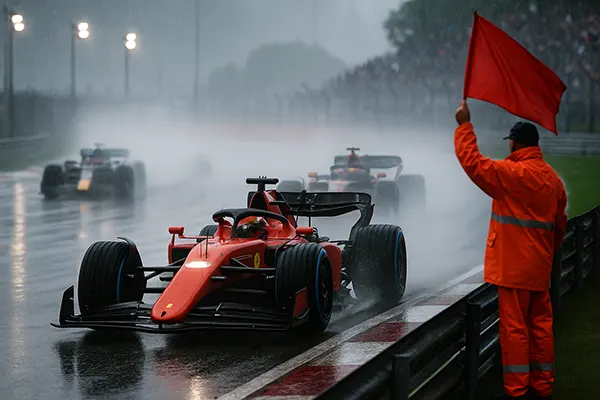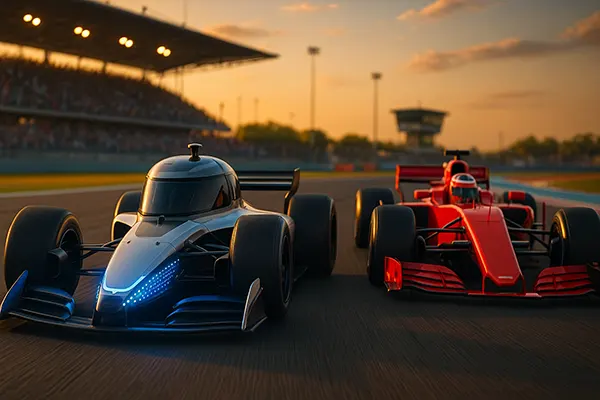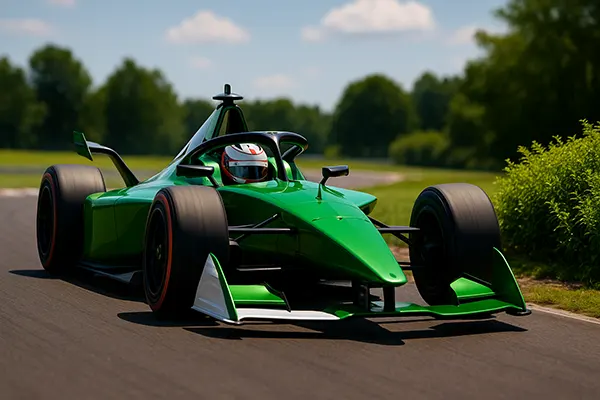Similar articles
Shielding the Speedsters: The Evolution of Safety in Motorsport
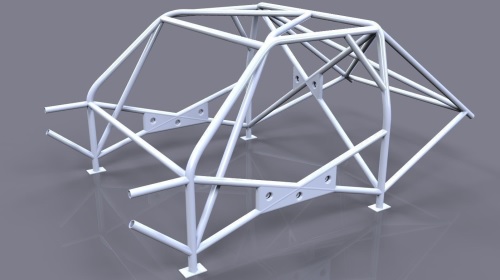
When engines rev and tyres screech, excitement reaches its peak. However, the thrill of motorsport comes with inherent risks. Over the decades, the racing world has persistently pursued innovations to ensure the safety of its brave competitors. This journey traces the evolution of these protective measures and the technologies driving them.
The Early Days: Risk at Every Turn
In motorsport’s nascent years, safety was often an afterthought. Leather helmets, goggles, and basic gloves were the extent of a racer’s protective gear. Races were more about courage than caution, and the consequences were frequently dire.
The Tipping Point
The 1960s and 1970s saw a dramatic increase in speeds but also a spike in fatal accidents. This era marked a turning point, compelling governing bodies to take safety seriously.
Embracing Helmets and Harnesses
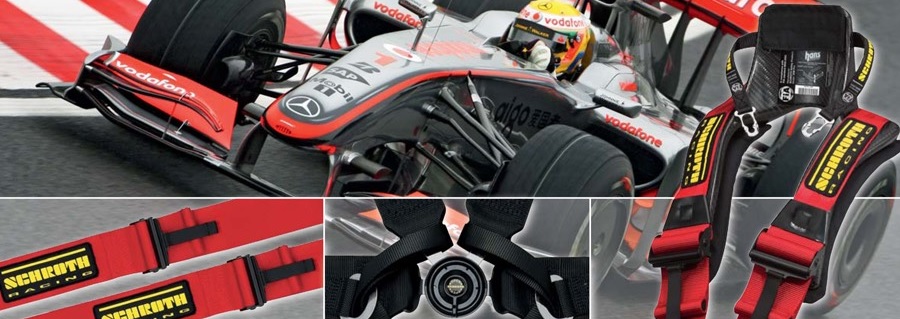
While helmets had been around, their design saw significant improvements post the 1960s. Incorporating materials like polycarbonate, these helmets offered better impact resistance. Additionally, multi-point harnesses replaced rudimentary seat belts, ensuring drivers remained securely in place during collisions.
Fire-Resistant Suits
With the risk of fires in accidents, suits made from fire-resistant materials became standard. These not only protected drivers from flames but also offered some degree of impact protection.
Revolutionising Racetrack Design
It wasn’t just the drivers that needed protection; the very arenas of competition underwent transformation. Track designs began to incorporate extensive run-off areas, gravel traps, and barriers that absorbed impact better.
SAFER Barriers
Introduced in the early 2000s, these Steel and Foam Energy Reduction barriers are now ubiquitous in many racetracks. They play a pivotal role in absorbing and dissipating the energy of high-speed impacts, drastically reducing injury risks.
Protecting the Cockpit
The car’s cockpit, a racer’s sanctum, saw innovations that further shielded them from external threats.
Carbon-fibre Monocoques
More than just a weight-saving measure, these structures offer enhanced strength, making cars more resilient to crashes while safeguarding the driver within.
Halo Protection System

One of the most recent and noticeable additions, the halo, stands as a guardian above the driver’s head. Designed to deflect debris and provide protection during rollovers, it has already proven its worth in numerous incidents.
Medical Response and Monitoring
The immediacy of medical response has always been vital. With advancements in technology, medical teams are now equipped with real-time data on a driver’s condition post-accident, enabling quicker, more informed interventions.
Biometric Gloves
These cutting-edge gloves are embedded with sensors that relay crucial biometric data, from heart rate to oxygen levels, ensuring that medical teams have an immediate insight into a driver’s well-being after a crash.
Shaping the Future with Simulations
Today, the safety of a racing car and track isn’t just tested physically. Advanced computer simulations predict potential crash scenarios, allowing engineers to design cars and tracks with safety at the forefront, ensuring that even as motorsport pushes the boundaries of speed, it never compromises on the well-being of its heroes behind the wheel.

